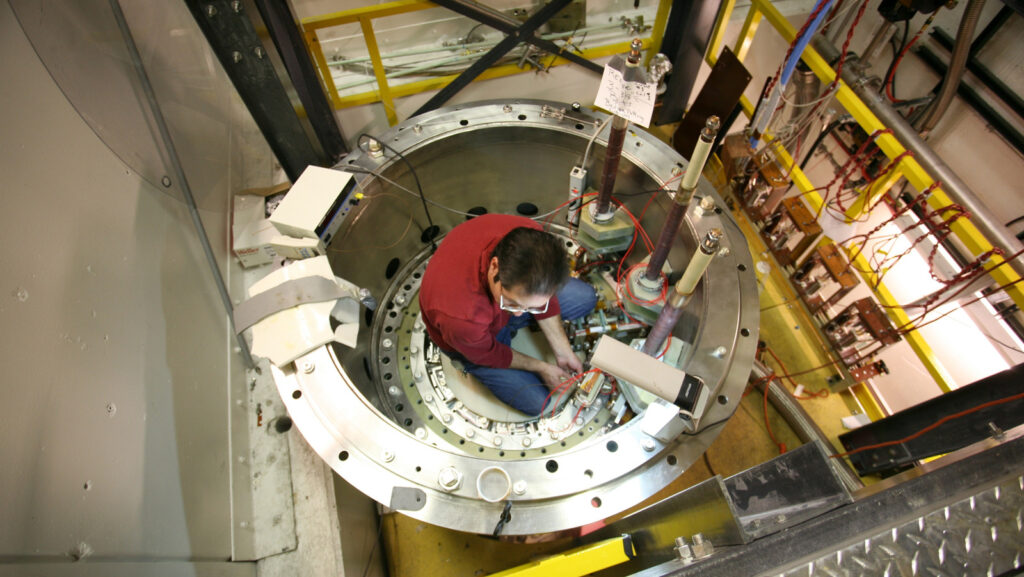
Researchers at the National High Magnetic Field Laboratory (MagLab) have achieved a groundbreaking milestone by creating the world’s first 100-tesla pulsed magnet. This innovative device, developed at the Los Alamos National Laboratory, marks a significant advancement in magnetic field technology, allowing scientists to conduct crucial experiments without the violent explosions that have plagued previous attempts.
Overcoming Explosive Challenges
The journey to develop the strongest magnet has not been without its challenges. Previous magnetic designs often resulted in catastrophic failures, with magnets exploding almost instantaneously during operation. In contrast, MagLab’s new magnet can sustain its powerful magnetic field for up to 15 milliseconds, which is approximately 2,000 times longer than earlier explosive magnets. This extended duration enables researchers to obtain meaningful scientific measurements.
The production of magnetic fields exceeding 1,000 teslas has been achieved in the past, notably with laser-generated fields reaching up to 2,800 teslas. However, these fields dissipate so quickly that they limit practical applications in scientific research. With the new pulsed magnet, scientists can explore the behaviors of materials under high magnetic influences, a critical area of study in fields such as superconductivity.
Transforming Scientific Research
This breakthrough has profound implications for various scientific disciplines. For example, the ITER project, a collaborative effort involving 30 countries, uses a massive magnet to investigate the potential of fusion energy. Likewise, the development of MRI machines has transformed medical imaging, allowing for detailed insights into human anatomy and health.
At the heart of MagLab’s achievement is a formidable 35-ton magnet composed of intricate electrical circuits. The outer coil is powered by a 1.4-gigawatt generator, which is capable of delivering energy comparable to that required for 140 million LED lightbulbs. The inner circuit utilizes a 2 megajoule capacitor, designed to release energy rapidly. To mitigate overheating, the magnet operates within a dewar field filled with liquid nitrogen, ensuring it remains at a frigid -324.67 degrees Fahrenheit.
The facility is categorized as a pulse magnet due to the short duration of its magnetic field. Each pulse lasts three seconds, with the magnet reaching full strength almost instantaneously. Such capabilities grant researchers the opportunity to conduct multiple experiments and replicate results, enhancing the reliability of findings.
MagLab’s research extends beyond basic physics; it also investigates critical medical issues. Scientists are studying how living organisms and diseases respond to magnetic forces, which may lead to breakthroughs in understanding conditions like cancer and neurodegenerative diseases. Recent findings include identifying water-soluble chemicals in asphalt and analyzing the chemical composition of Arctic rivers.
Since its record-breaking test in 2012, the facility has become a cornerstone of magnetic research in the United States. Nevertheless, its future is uncertain as Congress considers a 40% cut in funding for the laboratory in the 2026 budget. The potential reduction threatens not only the ongoing projects at MagLab but also the United States’ leadership in the field of magnetic research.
As scientists continue to push the boundaries of technology and understanding, MagLab’s powerful magnet serves as a beacon of innovation, paving the way for future discoveries that could reshape our comprehension of the universe.







